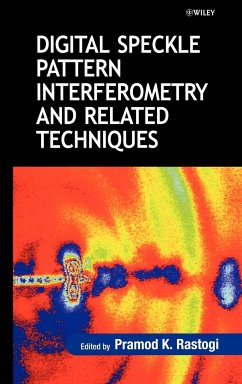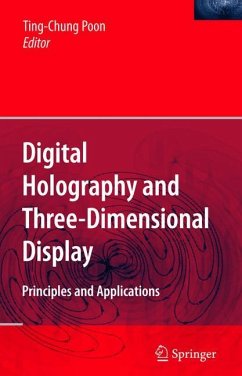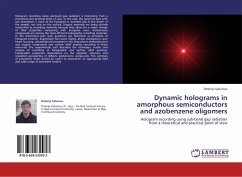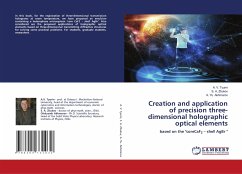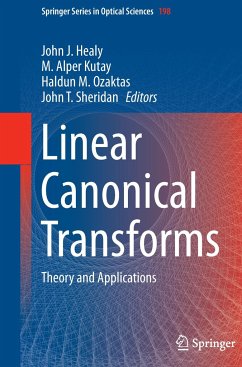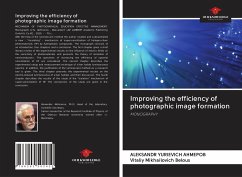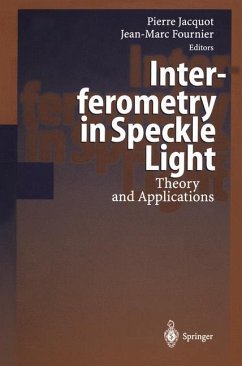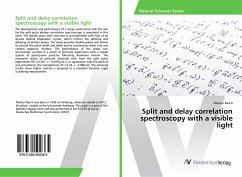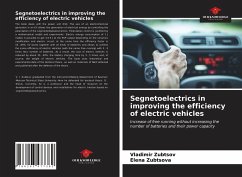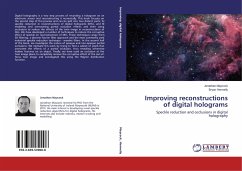
Improving reconstructions of digital holograms
Speckle reduction and occlusions in digital holography
Versandkostenfrei!
Versandfertig in 6-10 Tagen
51,99 €
inkl. MwSt.

PAYBACK Punkte
26 °P sammeln!
Digital holography is a two step process of recording a hologram on an electronic sensor and reconstructing it numerically. This book focuses on the second step of this process and can be split into two distinct parts: A) speckle reduction in reconstructions of digital holograms (DHs), and B) modeling and overcoming partial occlusion effects and then using occlusions to reduce the effects of the twin image in reconstructions of DHs. We have developed a number of techniques to reduce the corruptive effect of speckle on reconstructions of DHs. These techniques range from 3D filtering, a discrete...
Digital holography is a two step process of recording a hologram on an electronic sensor and reconstructing it numerically. This book focuses on the second step of this process and can be split into two distinct parts: A) speckle reduction in reconstructions of digital holograms (DHs), and B) modeling and overcoming partial occlusion effects and then using occlusions to reduce the effects of the twin image in reconstructions of DHs. We have developed a number of techniques to reduce the corruptive effect of speckle on reconstructions of DHs. These techniques range from 3D filtering, a discrete Fourier filter approach and the most commonly used industrial speckle reduction technique - wavelet filters. In the second half of the book, we investigate the nature of opaque and non-opaque partial occlusions. We motivate this work by trying to find a subset of pixels that overcome the effects of a partial occlusion, thus revealing otherwise hidden features on an object. Finally, we have used an occlusion at the twin image plane to completely remove the corruptive effect of the out-of-focus twin image and investigated this using the Wigner distribution function.



